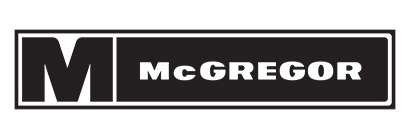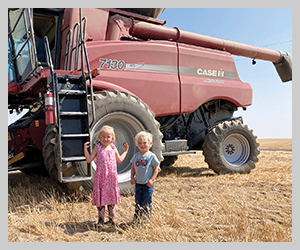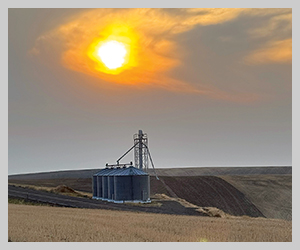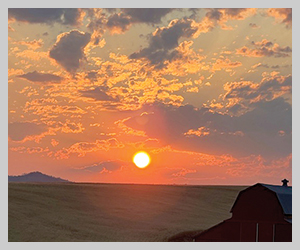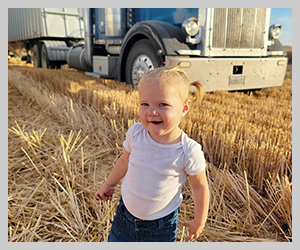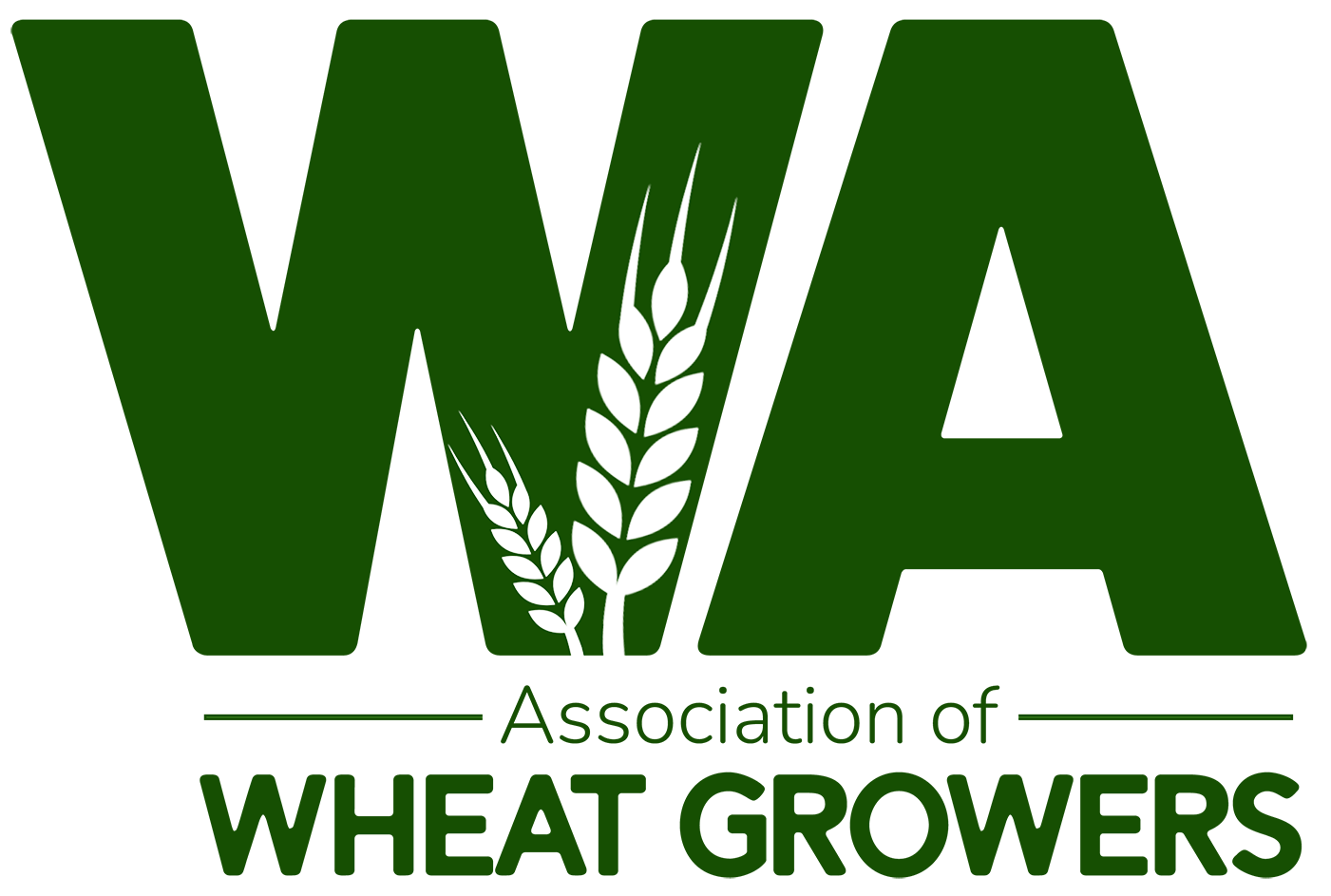Year-end tax planning: Finding the sweet spot
2023December 2023
By Larissa Zeller
CPA, Leffel, Otis & Warwick, P.S.
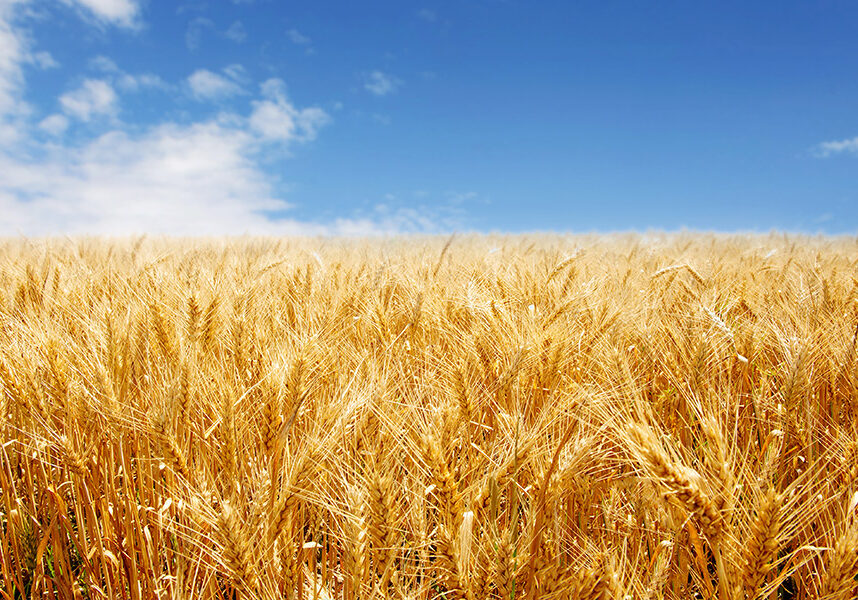
Which is a better problem to have: too much income or too little income? From a tax standpoint, the answer is typically neither. Farm income in our region certainly seems to be across the board this year. The U.S. Department of Agriculture’s Emergency Relief Program and Pandemic Assistance Revenue Program payments and healthy crop insurance checks blessed many farmers with income. However, high inflationary input costs and declining commodity prices have taken a significant chunk out of profits this year.
All this volatility can leave farmers uncertain of where their targeted taxable income should be. In my practice, I generally aim for “break-even” income for farm C-corporations. Under the current corporate tax structure, this is the sweet spot between owing no corporate income tax and creating unnecessary losses. From my observation, it appears that farmers fall into two different camps this year: those with too little taxable income, and those with too much taxable income. Here are some tax-planning considerations to think about before the year is over.
Too little taxable income
Net Operating Losses (NOL). While it may be enticing to report a loss to Uncle Sam, showing too little income does have its drawbacks. Since 2021, net operating losses are only available to offset up to 80% of taxable income in future years. For example, suppose you create a loss of $100,000 this year, which is carried forward to next year. Assume your taxable income next year is $100,000. You can only offset $80,000 of next year’s taxable income with the loss, leaving $20,000 subject to income tax. The remaining $20,000 of unused NOL is carried forward to future years.
Capitalize fertilizer costs. Another drawback of reporting a large loss in one year is that it pushes income into the following year, creating an income snowball effect. Why not smooth out taxable income from year to year and show profit at break-even? Farmers have the option to capitalize their fertilizer costs, which means spreading out the cost of the fertilizer over its useful life (generally one to two years), rather than when paid. This can help increase income if you are in a loss situation. You and your agronomist should estimate the portion of fertilizer costs that benefit the following crop year, and those costs will be deducted in that tax year. Note that all fertilizer costs incurred during the year are subject to the same treatment.
Sell grain. Many farmers aren’t overly excited about selling grain right now due to low prices. I get it! If you need cash flow to pay expenses or your operating line, you might consider taking out a Commodity Credit Corporation (CCC) loan on your crop and elect to report the loan proceeds as income in the year received. This allows the farmer to access cash without having to market the crop at today’s low prices, while still increasing the current year’s income. CCC commodity loan rates are currently around 6.75%, so it may make sense to pay off existing debt having higher interest rates with the CCC loan funds.
Too much taxable income
Defer crop insurance proceeds. A special deferral provision allows farmers who meet the statute’s requirements to include the insurance proceeds in gross income for the tax year following the destruction or damage. To qualify, the farmer must 1) report income on a cash basis and 2) have a history of selling crops in a taxable year after the tax year in which they are harvested. The deferral election is “all or nothing” and applies only to yield loss. The portion of proceeds applicable to price loss cannot be deferred.
Depreciation expense. Depreciation expense is one of the most powerful tools in our tax-planning arsenal. Section 179 depreciation allows the flexibility to use any amount of depreciation, subject to a cap, so that taxable income is dialed in to meet tax planning goals and reduce taxable income to break-even. Since a loss cannot be created with section 179, the unused portion carries forward to future years to offset taxable income, dollar-for-dollar, up to $1.16 million for 2023. This is not subject to the 80% offset like the NOL is.
Pay yourself. For a mature C-corporation, it is generally better to keep the corporation “lean” in equity and build wealth outside of the entity. Farm C-corporations are currently taxed at a flat 21%, whereas personal income tax brackets begin at 10%. Approximately $340,000 of income can be taxed at personal tax rates before we begin to exceed the corporate tax rate. Commodity wages and land/equipment rents paid to the farmer can be used to transfer income out of a C-corporation to fill up lower personal income tax brackets, typically at a 10-12% tax rate.
A farm tax professional can be invaluable in tax planning. As we close out 2023, farmers should consider working with a tax professional to find their taxable income “sweet spot.”
Larissa Zeiler is a CPA with Leffel, Otis & Warwick, P.S. and works out of the firm’s Odessa, WA office. She was raised on an Eastern Washington wheat farm and enjoys advising farm families and ag businesses. For information, visit low.cpa.


